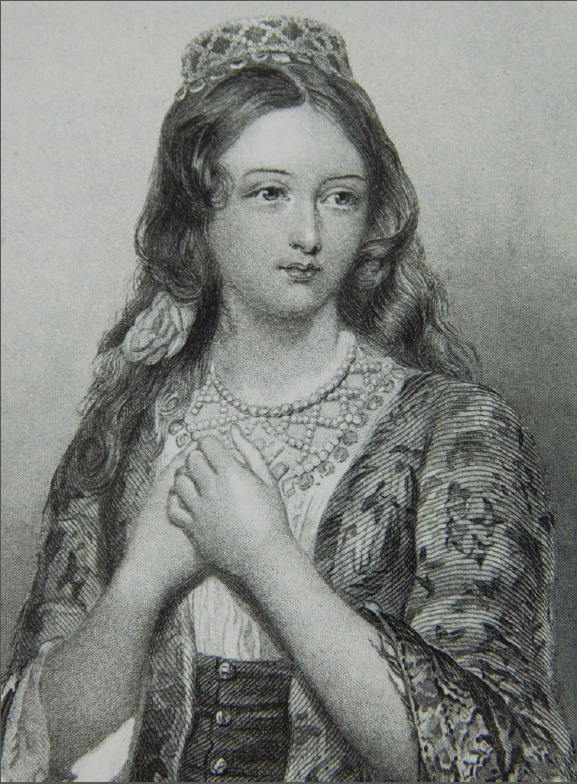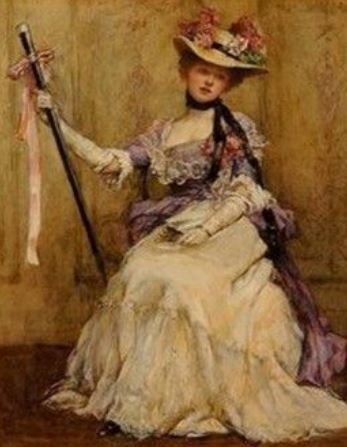THE CHARACTERS


La Güera Rodríguez
Her real name was María Ignacia Rodríguez de Velasco de Osorio Barba y Bello Pereyra, she was born on November 20, 1778 in Mexico City (then New Spain), and died in Mexico City (now independent), on November 1 from 1850.
Creole woman from an aristocratic family, endowed with great beauty, education and great social skills, stood out in the society of the time for being “the queen of saraos and parties”, as well as for her love affairs and lovers, and had a very important role in the management of the Independence of Mexico, as well as in using her influences, her wealth and her “favors” to support the insurgent cause with her money and relationships.
She and her sister were surprised by Viceroy Juan Vicente de Güemes kissing in the street with a soldier and a lieutenant, respectively, being minors and both forced to marry for this reason. The father managed to exonerate his youngest daughter (14 years old) by paying a bond to the Viceroy, but La Guera (15), had to marry José Gerónimo López de Peralta de Villar Villamil in September 1794, who later beat her and he came to shoot her a shot that did not hit, which is why she accused him of attempted murder on July 4, 1802, requesting the intervention of the courts of New Spain and the annulment of the marriage, constituting the first divorce requested in Mexico, which she never got because her husband died before the sentence was passed.
From this marriage four children were born.
She married a second time with a wealthy merchant from the Toluca Valley much older than her, who died a few months later, increasing her already large fortune, and with whom she had her fifth daughter.
She married for the third time with Manuel de Elizalde, a chilean merchant with whom she remained for the rest of her life, dedicated to religious devotion in the Third Order of Franciscans. On the death of María Ignacia, Elizalde became a priest.
Historical sources indicate that María Ignacia had a fleeting relationship with Simón Bolívar, at that time 16 years old, whom she met during his stopover in Mexico, on a trip to Spain.
In her circle of close relationships there is also the German naturalist and explorer Alexander von Humboldt, of whom she became an admirer and friend, although in her time it was rumored that they maintained a romantic relationship.
Her relationships allowed her to have access to confidential documents of the time, such as the letter that Fernando VII sent to Viceroy Apodaca in 1820, proposing that he find a popular man with influence over the army to make deals with the insurgents, from which they detached themselves. the principles of the Iguala Plan. María Ignacia suggested that Agustín de Iturbide, with whom she had a brief love affair, could be that man, prompting him to carry out “Mexican freedom” and making possible that Iturbide became the first Emperor of México.
She was accused of heresy twice before the Tribunal of the Holy Inquisition. The first time for posing with her naked torso for a portrait. María Ignacia argued in her defense the first time, evidencing the corruption and sexual practices of some notorious members of the clergy, who ended up dismissing the charges. The second time was for defending independence and for having contacts with the priest Miguel Hidalgo y Costilla. On this occasion, Viceroy Francisco Javier de Lizana y Beaumont exiled her 30 leagues from Mexico and she took refuge in one of her estates for a short time.
It is said that the image of La Dolorosa located to the right of the main altar of the church of La Profesa, sculpted by the renowned artist Manuel Tolsá, is based on the image of La Güera. Likewise, the Immaculate Conception found in the same church, on one of the altars on the right side, could be the eldest daughter of La Güera.
The participation of María Ignacia Rodríguez in the consummation of the Independence of Mexico has been a very controversial issue, which is why, in addition to her status as a woman, she is not officially recognized in History books. Throughout our history it has been believed that men are the only architects and consumers of important decisions, but there have been women who move behind the scenes, who pull the strings and decide destinations.